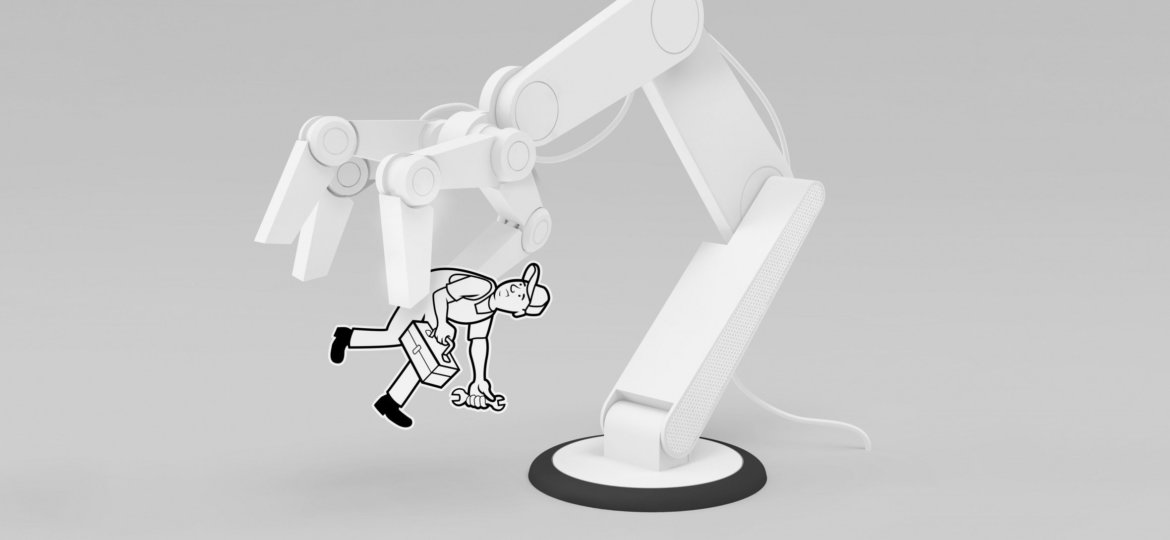
The Relentless Pace of Automation
Last October, Uber had one of its self-driving trucks make a beer run, traveling 200 kilometers down the interstate to deliver a cargo of Budweiser from Fort Collins to Colorado Springs. A person rode in the truck but spent most of the trip in the sleeper berth, monitoring the automated system. (The test came just a few weeks after Uber had announced its driverless car service in Pittsburgh.) The self-driving truck developed by Uber’s recently acquired Otto unit reflects remarkable technological achievements. It also provides yet another indicator of a looming shift in the economy that could have deep political consequences.
It is uncertain how long it will take for driverless trucks and cars to take over the roads. For now, any so-called autonomous vehicle will require a driver, albeit one who is often passive. But the potential loss of millions of jobs is Exhibit A in a report issued by the outgoing U.S. administration in late December. Written by President Obama’s top economic and science advisors, “Artificial Intelligence, Automation, and the Economy” is a clear-eyed look at how fast-developing AI and automation technologies are affecting jobs, and it offers a litany of suggestions for how to deal with the upheaval.

